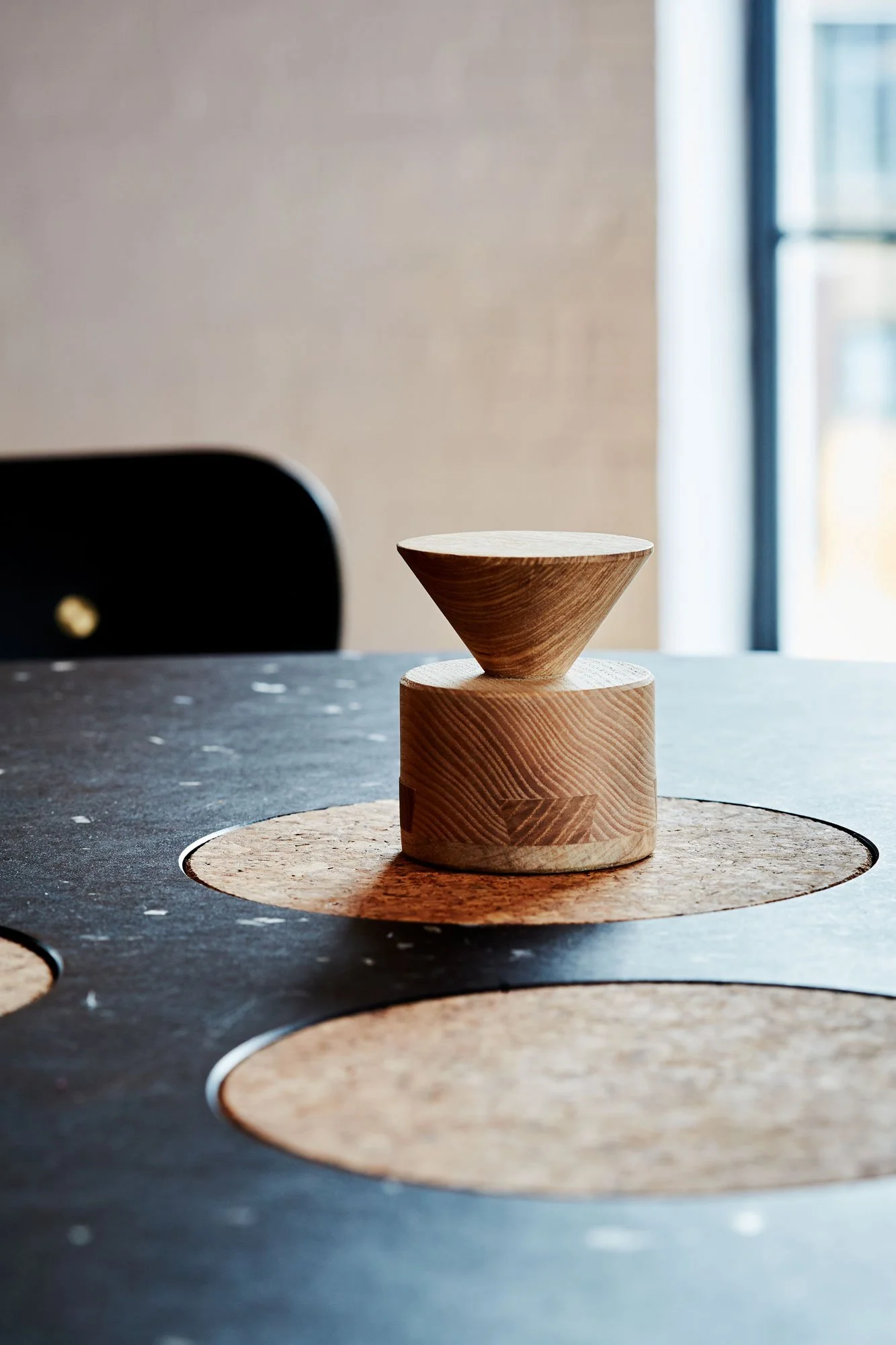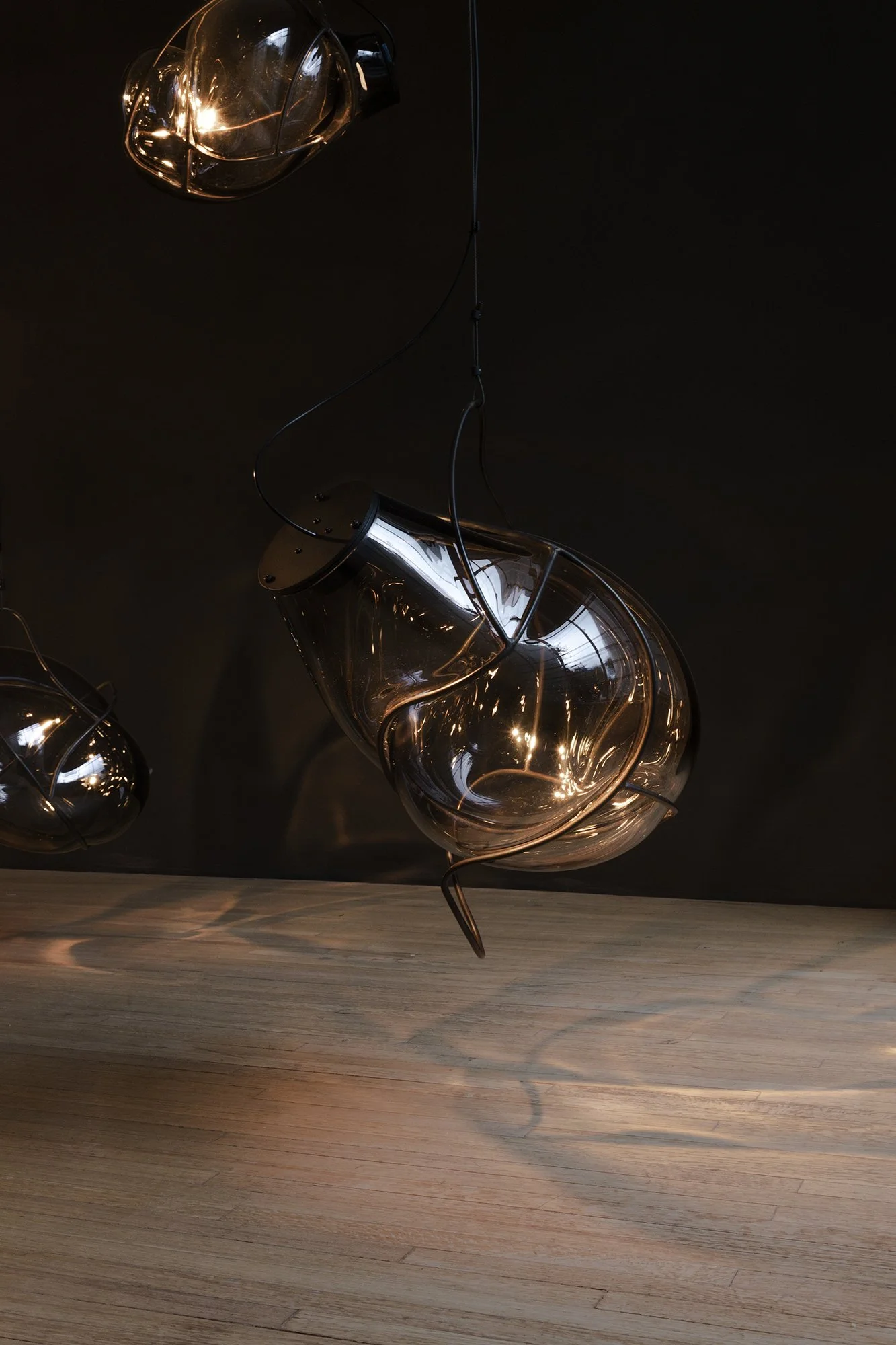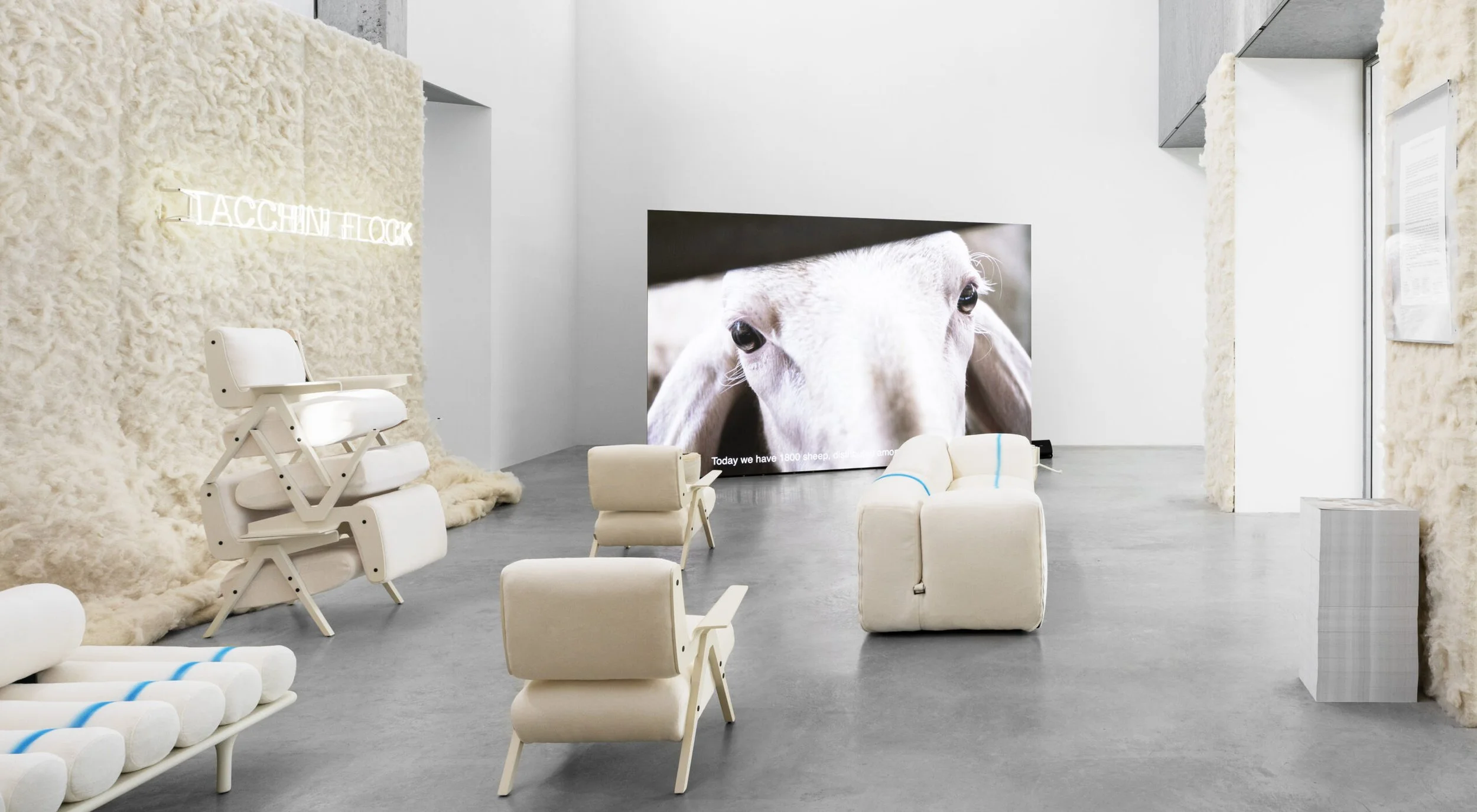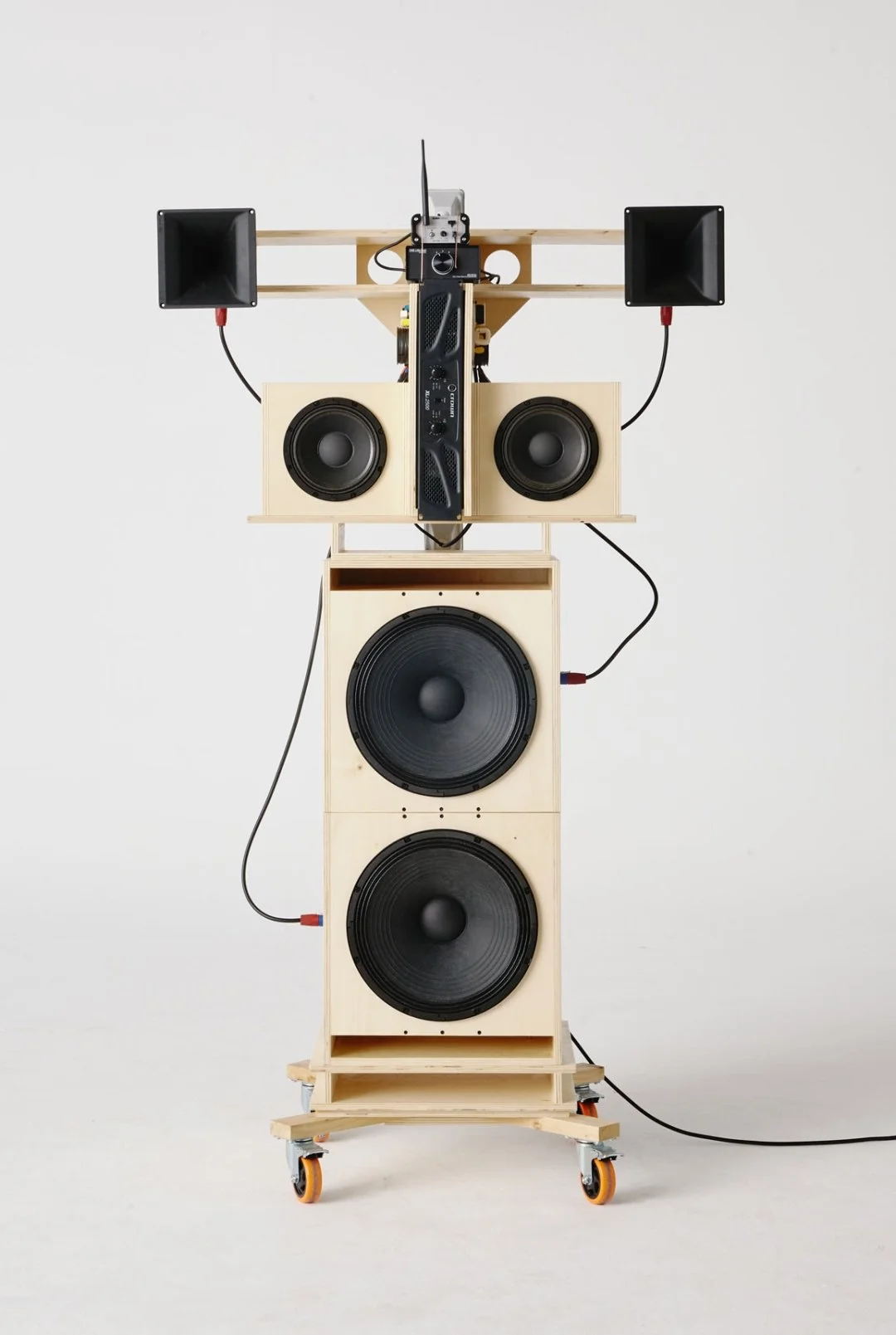United for Circularity
The Power of Collaboration: Uniting Stakeholders for Circular Design Success
In the world of circular design, the concept of being 'united' is more than just a buzzword—it's a fundamental principle that drives innovation and sustainable change. But what does it truly mean to be united in circular design, and how does this collaborative approach shape our path towards a more sustainable future?
Understanding United Circular Design
United circular design refers to the collaborative approach that brings together diverse stakeholders—from designers and manufacturers to policymakers and consumers—to work towards common sustainability goals. It's about breaking down silos and fostering partnerships that can tackle complex environmental challenges more effectively than any single entity could alone.
Why United Collaboration Matters in Circular Design
Holistic Solutions: Collaboration enables a systems-wide approach, addressing sustainability challenges from multiple angles.
Innovation Acceleration: Diverse perspectives and expertise lead to more creative and effective circular solutions.
Shared Resources: Collaboration allows for the pooling of resources, knowledge, and capabilities.
Scalability: United efforts can more easily scale circular initiatives from local to global levels.
Consistent Standards: Collaboration helps establish industry-wide standards for circular practices.
United Circular Design Across Sectors
Collaborative circular design is making waves in various industries:
Fashion: Brands, recyclers, and textile innovators collaborating to create closed-loop clothing systems.
Construction: Architects, material scientists, and demolition experts working together to design buildings for disassembly and material reuse.
Food Industry: Farmers, food producers, and waste management companies uniting to create circular food systems.
The Future of United Circular Design
As we move towards a more circular economy, the importance of collaboration will only grow. We can expect to see more cross-sector partnerships, open-source circular design platforms, and global alliances focused on circular innovation.
The rise of digital technologies is also facilitating new forms of collaboration, enabling real-time data sharing and virtual co-creation across geographical boundaries. This could lead to more rapid prototyping and implementation of circular solutions on a global scale.
Call to Action
Are you ready to embrace the power of collaboration in your circular design journey? Start by identifying potential partners in your industry or across sectors who share your sustainability goals. Join the NU Design Spaces community to connect with like-minded professionals, access collaborative tools and resources, and share your experiences in united circular design. Together, we can create a more connected, collaborative, and circular future for design and manufacturing.






